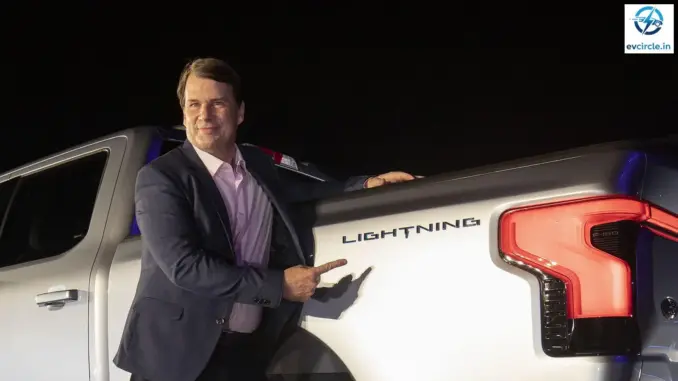
Have EV dreams hit a reality check? Ford CEO Jim Farley warned that the market for electric vehicles will be smaller than automakers expected. The comment raises big questions about price, policy, and consumer habits.
Why Ford Sounds Cautious
Why the change in tone? The economics have shifted rapidly, and companies are re-evaluating growth forecasts. Forecasters once expected a much faster EV takeover.
Are consumers ready to pay top dollar? Many buyers balk at high prices despite strong performance and low running costs. The sticker shock keeps shoppers in the market for gas cars.
What role did government incentives play? Tax credits helped bridge the affordability gap and sped EV adoption. Without them, demand looks weaker.
Pricing and Affordability Pressures
Prices remain the biggest hurdle. The average new electric vehicle costs significantly more than a gasoline car, which limits mainstream appeal. Many buyers cannot afford them.
Do buyers want a $75,000 EV? Ford’s CEO says most do not. Higher-end models attract interest but few mass purchases.
High Sticker Prices
High prices push buyers away. Kelley Blue Book and other sources show average EV prices near luxury levels, well above typical family sedans. Affordability is blocking broader adoption.
Tax Incentives and Policy Shift
What happens when credits vanish? Removing a $7,500 federal tax credit changes the economics overnight and reduces incentives for first-time EV buyers. Sales spiked while credits existed, then adjusted.
Policy can make or break demand. The recent rollbacks mean automakers must sell without a large upstream subsidy. That forces pricing changes and new product strategies.
See also: What Happens Now That the EV Tax Credit Is Gone
Charging Infrastructure and Range Anxiety
Is charging ready for everyone? Charging networks grew in cities but remain sparse in many regions, feeding range concerns. Consumers worry about long trips and charging convenience.
Think of charging like water stations on a long hike. You will not walk far without them, and most people choose the easier path. Infrastructure gaps make buyers hesitant.
Ford’s Strategy Moving Forward
Can Ford pivot and still grow EV sales? The company plans lower-priced models and hybrid options to match customer needs. Ford expects a smaller, but still meaningful, EV market.
Will hybrids survive the transition? Farley sees hybrids as a bridge technology that keeps buyers comfortable while infrastructure and prices evolve. Hybrids add flexibility for many drivers.
More Affordable Models
Ford aims for a $30K pickup and practical EVs. Lower-cost models can attract families and fleet buyers who need budget-friendly choices. Affordability could broaden the buyer pool.
Signature EVs and Brand Positioning
What about flagship models like the F-150 Lightning? Those vehicles prove capability and help tech image but may not drive mass-market sales. Premium models educate buyers more than they convert them.
Mustang Mach-E and Lightning draw attention. They show what electric driving feels like and build brand credibility. Yet mainstream adoption needs lower entry prices.
Market Outlook
Can the industry still thrive if smaller? Yes — but growth will be slower and more segmented than early projections. A smaller EV market still supports innovation and select players.
How small might it get? Some leaders now project market share near single digits instead of double digits. That forces companies to refine targets and margins.
Think of EV adoption like a river rather than a tidal wave. The flow continues, but speed and volume vary widely by region and income. Expect pockets of fast growth and broad slow adoption.
Conclusion
What should readers take away? Ford’s warning reflects changed incentives, high prices, and infrastructure limits. The EV market will likely be smaller than once predicted, but it will remain important for the industry.
Will buyers still see electric benefits? Yes — they offer lower operating costs, instant torque, and simpler maintenance. Yet affordability and charging access will determine how fast and how far EVs spread.
Key takeaway: expect a careful, uneven transition. Automakers need cheaper models, hybrids, and better charging networks to win mainstream buyers.
Leave a Reply